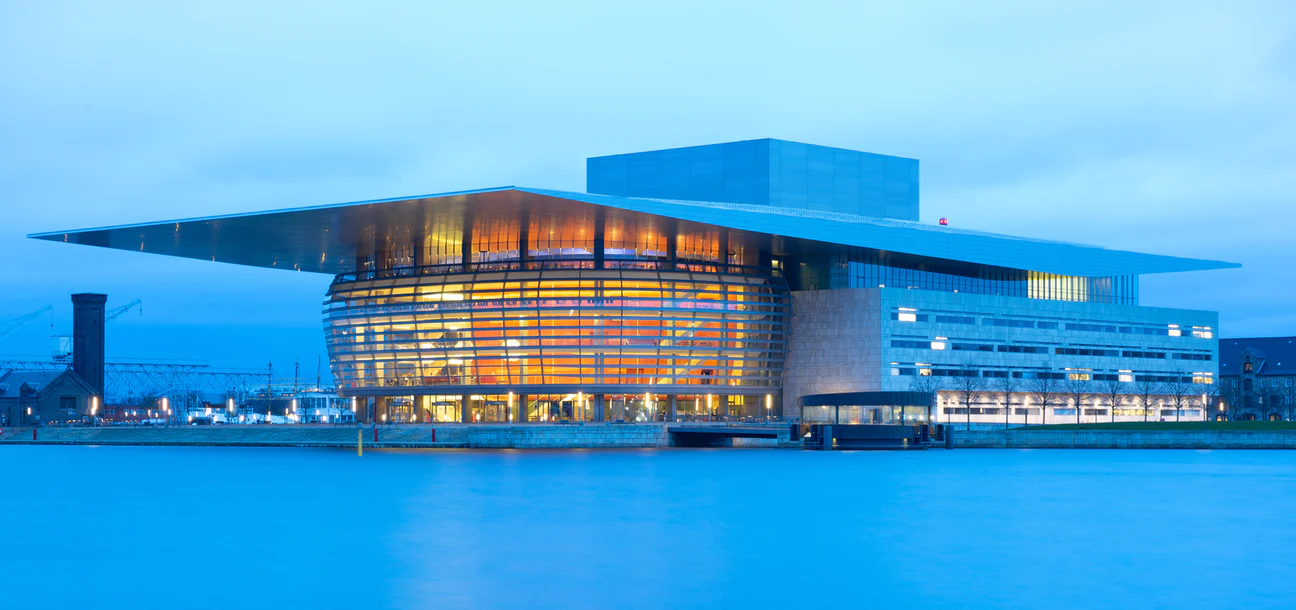
In Norway, the issue of the reuse of heat generated by the data center is being studied. It is assumed that the heat can be directed to household and public needs - heating buildings, industries, for fish farms.
The proposal came from the Minister of Energy of Norway - Tina Bru. The initiative extends to all companies with large power plants installed.
How did this initiative come about?
Norway is implementing an EU directive that requires large electricity consumers to switch to recycling waste heat whenever possible. Industrial enterprises of the following type fall under European requirements:
- total power> 20 MW;
- gas, oil, waste are used as fuel.
Bru suggests expanding the requirements for Norway to include data centers with a total capacity of more than 2 MW.
The minister notes that data centers outside big cities will help in providing heat to industry, fish farms and swimming pools.
Why Data Centers?

Data centers generate large amounts of thermal energy by cooling the servers and other equipment inside. Now it is assumed that in the future, data centers will register in the system voluntarily, finding in this certain advantages.
Globally, Norway aims to become greener with a minimum of negative impact on the environment. But it doesn't always work out. The fact is that the widespread use of the Internet, global electrification increase the need for network equipment and the highways themselves. Along with this, the volumes of consumed electricity are growing. Therefore, Bru suggests thinking now how efficiently the resource is being allocated and reused right now.
According to Bru, the construction of data centers is currently planned throughout the country. Therefore, the use of waste heat in particular data centers for heating buildings and fish farms is of great importance in the future.
DPC Country

Norway several years ago announced a strategy, according to which it is systematically turning into a country of data centers. It offers both tax incentives and all sorts of "goodies" to IT companies that agree to cooperate. So, as taxes for electricity, data centers pay about $ 0.005 per 1 kWh, and consumers - only $ 0.02.
But a low rate in this case does not stimulate data centers to more efficiently manage excess electricity. Conversely, data center operators are less concerned about wasting electricity, which, as shown above, can lead to energy shortages. A government initiative can help solve this problem.
It is already known that some of the Norwegian companies are involved in the thermal recycling process. Thus, the country's largest data center DigiPlex in Oslo directs part of the excess heat to heat residential buildings. The company has reached an agreement with utility provider Fortum, which operates on similar terms with data centers throughout Scandinavia. When the system is fully operational, DigiPlex was supposed to heat 5,000 apartments in Oslo.
Warmed by the data center
In addition to Norway, Denmark is looking towards green data center initiatives. We said that Facebook is expanding its European data center in the Danish city of Odense. At the start of the project, the capacity of the system was sufficient to heat about 6.9 thousand houses, but it is planned to increase it and bring the number of heated houses to 11 thousand.
And in the Netherlands, data center servers will heat the farms. OCP system maker ITRenew intends to team up with Dutch hosting provider Blockheating to provide heat from data centers to thousands of hectares of tomato greenhouses.
